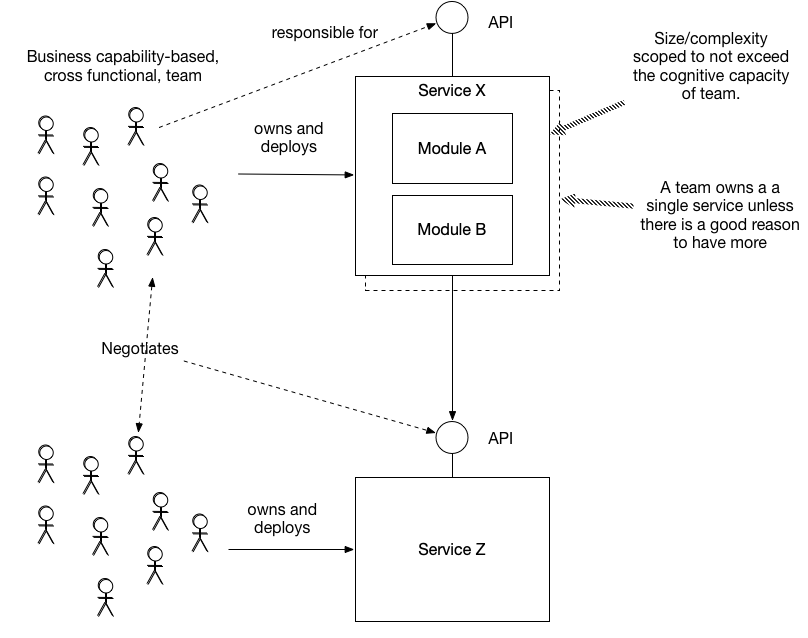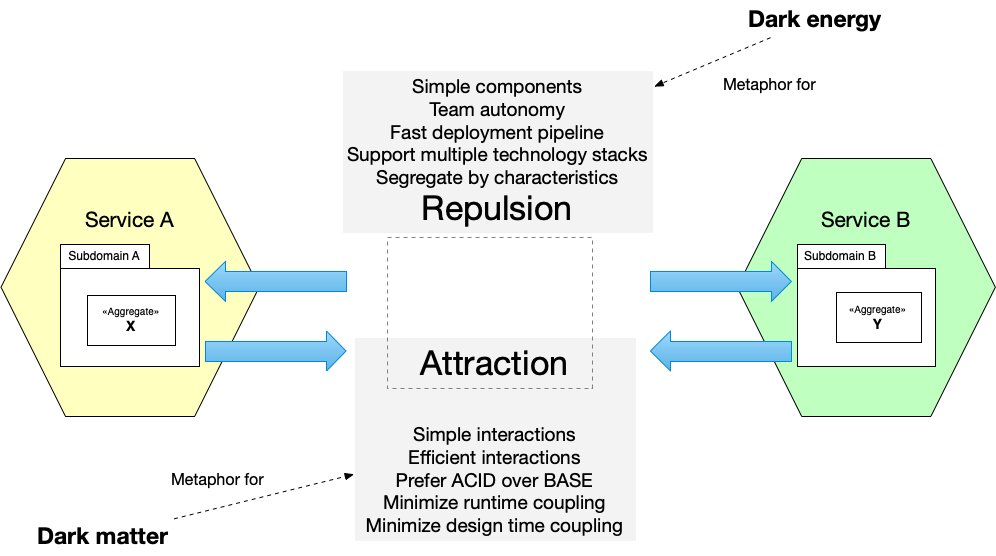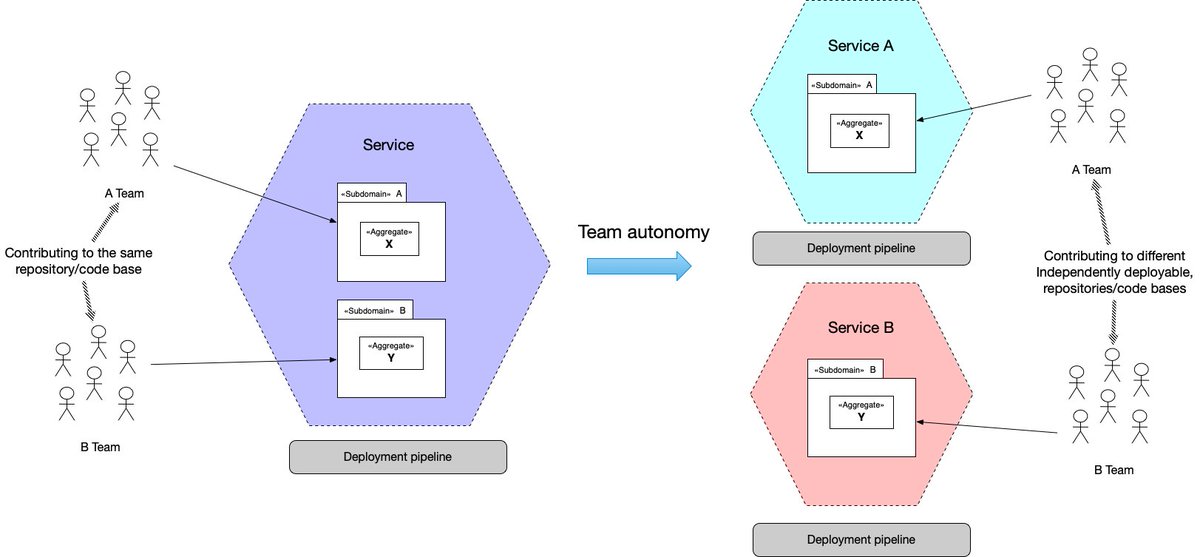
Chris Richardson
@crichardson
Learn-Build-Assess: eventuate.io, transactional microservices. microservices.io patterns. Author of Microservices Patterns. Frameworks. Consulting
ID: 14262063
http://www.chrisrichardson.net/about.html 31-03-2008 00:12:25
12,12K Tweet
16,16K Followers
1,1K Following











“Neither monoliths nor microservices are the future," says "Microservices Patterns" author Chris Richardson "They’re essentially patterns, and your job as an architect is to understand the context in which you are working, the problems you need to solve, and then pick the appropriate




One of the most interesting things I've read this year was the research paper by Adam Tornhill that described how organizations waste up to 42% of their time due to technical debt. It's extremely valuable to see a study that quantified the consequences of technical debt.





















